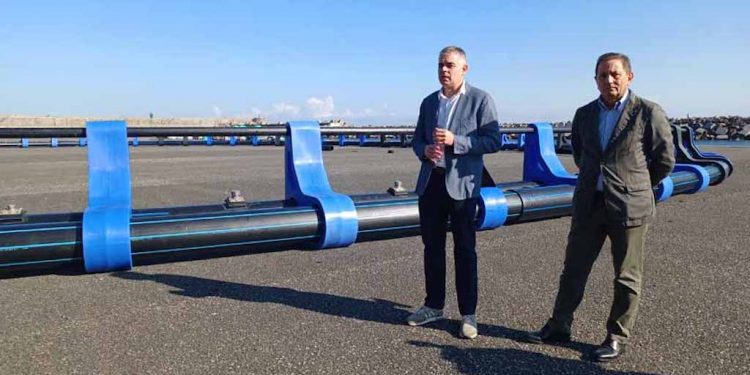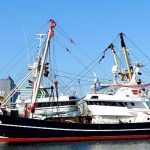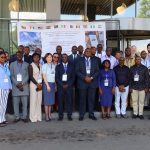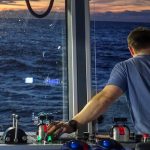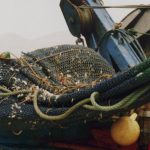A venture to fatten wild-caught bluefin tuna in sea cages in the Bay of Biscay is being put into operation by Itsasbalfegó, a company established by the AZTI technology centre and the Catalan company Balfegó. The initiative is designed to assess the economic and environmental viability bluefin ranching in the region.
This model is already widely used in the Mediterranean, with bluefin tuna caught by purse seiners delivered to sea cages to be fattened until optimum size and weight have been reached. In the Cantabrian Sea, fishing for bluefin is not a highly profitable activity, as the fish caught tend to be small and weather conditions can be challenging.
The aim is to make the fishery more profitable and two submersible aquaculture facilities, each with a 50-metre diameter, will be installed off the port of Getaria to be tested during the autumn and winter months, with the pilot project to be initiated in the summer of next year.
‘The main challenge will be to determine whether it is viable to use purse seine gear for bluefin tuna fishing in the Bay of Biscay. If this is achieved and, subsequently, the fattening in cages is successful, this project could have a very positive impact on the Basque economy and society, making it possible to revalue fishing quotas, improve the quality of the product and optimise fisheries management,’ said Juan José Navarro, assistant director of Balfegó.
The venture has already undergone a rigorous administrative and scientific evaluation.
‘The initiative has the support, permission and authorisation of all relevant national and European public administrations in the field of fisheries and the environment. This first stage has also been approved by the International Commission for the Conservation of Atlantic Tunas (ICCAT), which will evaluate the results obtained,’ said Rogelio Pozo, director of AZTI.
Balfegó has plenty of experience in this field, with a similar facility in operation in L’Ametlla de Mar (Tarragona) since 2004, but the conditions in the Bay of Biscay are much more severe, especially in winter.
‘The cage technology is designed to withstand these conditions and minimise the impact of waves,’ Juan José Navarro said.
In heavy weather, the cages can be submerged up to 18 metres to protect both the structures and the fish. Sensors and cameras will be used to monitor water quality and activity around the cages in real time, enabling an immediate response to any possible environmental impact.

